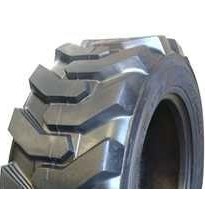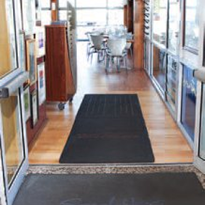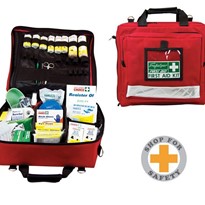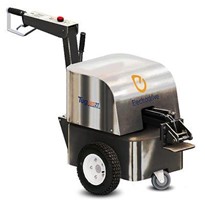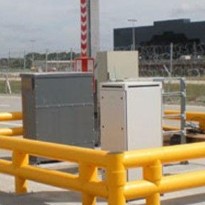Since the introduction of the Australian Standard for Design for access and mobility (AS 1428) in 2009, it has been compulsory for new and existing buildings to install ramps that provide access for wheelchairs, the elderly, and people with disabilities who cannot otherwise negotiate steps. Specifically, AS 1428 mandated that ramps with a maximum length of 1900 mm were not to exceed a slope gradient of 1 in 8 (or 7 degrees). An amendment in 2010 reduced the gradient further to 1 in 10 (6 degrees).
Although the standards for pedestrian only ramps have been in place for some time now, some businesses may still not know that their ramps could be unsafe, which is something Fallshaw Group Sales Manager Lloyd Sanders and his team have encountered out in the field time and time again.
"This is where a site assessment is very important," said Sanders.
"I often visit work sites to see how we can introduce a powered tug or bed mover into their workflow, only to find that somewhere down the line, the tug will need to negotiate a ramp with a gradient or length that exceeds the current Australian Standards."
"All our tugs are designed to comply with the Standards, and they are all capable of towing loads over a 6 degree ramp, which is the safe gradient limit for people who use wheelchairs. We also have a model that will perform on steeper ramps, up to 14 degrees, but those gradients are primarily designed for motor vehicles, not people," added Sanders.
Recently Sanders was invited to conduct an assessment at a hospital and discovered that they had a non-standard step ramp along the path that the tug would take. The ramp had been in place for some time and management were not aware of the change in regulations that determined that it was no longer suitable for use with wheelchairs.
"It highlights the fact that even after seven years since the Australian Standards for ramps were introduced, not everyone is aware that they may not be fully compliant with it," said Sanders.
"Now some companies would just go ahead and specify a tug that could handle the steeper gradient, but my advice to the hospital was to fix their ramp first as, whether or not they were using going to use a tug on it, there were still safety implications for wheelchair users who need to travel over the ramp," added Sanders.
Sander's advice provided the hospital with the opportunity to not only fix their non-compliant ramp, but also ensured that they did not have to procure equipment that was more expensive than necessary.
"The very next day hospital management told me that they had replaced their non-standard ramp and is currently in the process of finalising the purchase of the new equipment," said Sanders.
As more hospitals and businesses continue to investigate the benefits that powered tugs can bring to their work processes, Sanders and his team want to spread the word that they are always on-hand to offer assistance by way of site assessments to ensure if they are "tug-ready".
"While most companies mean to be vigilant in all aspects of their business, inevitably the areas where there is the least expertise will be the first to slip," added Sanders. "This is where we come in and provide the technical knowledge on solving potential safety issues that commonly get neglected. We can even build you a compliant ramp if need be."
Sanders concludes, "We're the experts in mindful moving, and our site assessments are free. So I would definitely urge businesses to take advantage of our offer to help them determine where their workplace injury risks are, determine if they're 'tug-ready', and in some cases, even uncover issues where they may not be compliant with legislation".
"They've seen the ads. They've watched the product videos. They've just decided that their facility needs a powered tug or mover. But how do you know if their site is ready for one?"


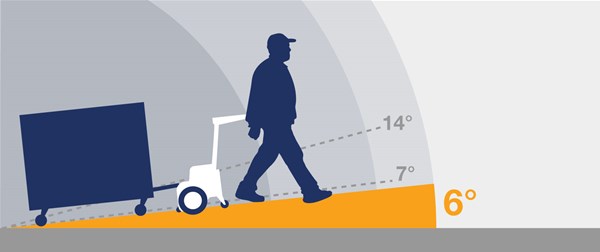
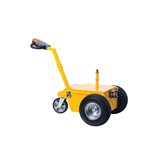
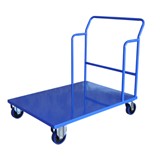
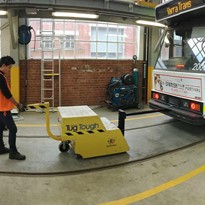
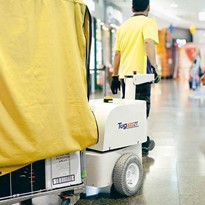
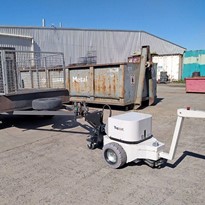
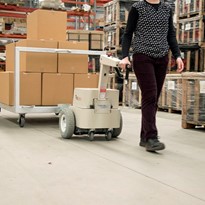
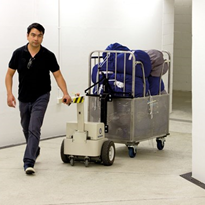
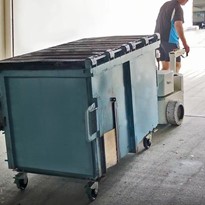
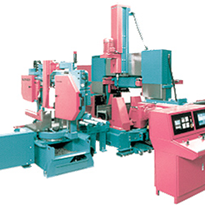
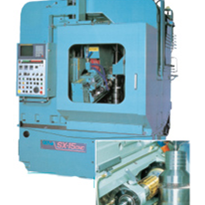
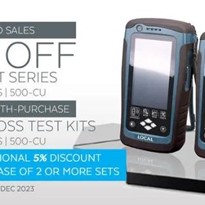
-205x205.jpg)


